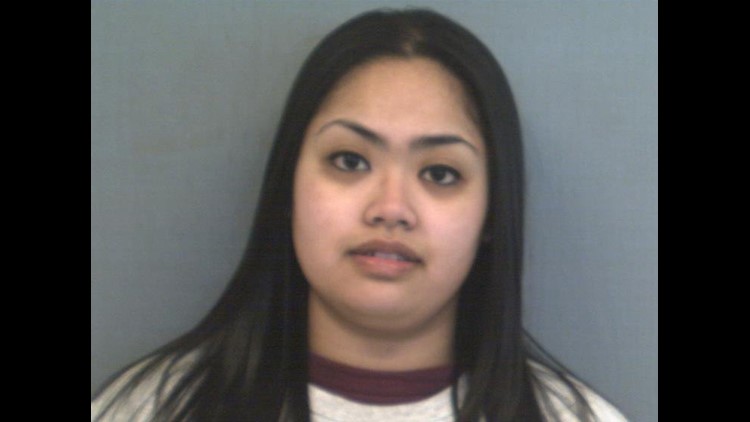NIANTIC — A Danbury woman who drowned her newborn daughter in a toilet in 2006 had her 18-year prison sentence commuted by the state's parole board on Wednesday.
The state Board of Pardons and Paroles on Wednesday ordered that Panna Krom, of Danbury, be released on Sept. 30 from the York women's prison.
Krom's lawyer, Vicki Hutchinson, said Krom is already rehabilitated and is a model prisoner. Hutchinson says Krom earned her high school diploma, mentors younger prisoners and speaks to visiting high school students.
Hutchinson said other people who committed similar crimes received far less prison time.
Krom was 17 when she delivered the baby in a bathroom of her parents' home, then drowned her in a toilet. Hutchinson says Krom was afraid because her parents, who are from Cambodia, disapprove of premarital sex. She had hidden her pregnancy from them.
She pleaded guilty to manslaughter in 2008.
Danbury State's Attorney Stephen J. Sedensky III opposed the clemency. He says Krom's lawyers agreed to the plea deal and Krom would have been eligible for parole in January 2019.
Officials have used this case as an example to promote the state's Safe Haven Program.
"No blame, no shame, and no names" is the slogan that the medical professionals stress should a mother need to leave her baby in their care. A newborn must be 30 days old or less to be part of the Safe Haven Program.
After a baby is left in the care of the hospital, DCF is called and then begins the process of finding a certified adoptive family.
"We've had more than two dozen babies brought to Safe Haven, since the law was passed 16 years ago," noted Kate Sims, Regional Director of Women and Infant services for Hartford Healthcare. "We can help provide the baby with another family," she said.
Here is how the Safe Haven Act works:
- The law enables a parent to bring an infant 30 days or younger to a hospital emergency room and avoid prosecution for abandonment.
- A nurse will ask the parent for their name and for medical information on the infant and parent. The parent does not have to provide that information.
- DCF will obtain custody and place the baby with a family who is already licensed and intends to adopt the baby.
- Safe Haven babies are placed into homes with families that adopt the child. In one instance, a Safe Haven baby was placed into a permanent home of a relative
- The Department will provide support to the baby’s new family while terminating the biological parent’s parental rights so that the adoption can become final.
- Connecticut law requires that a child can only be placed by the Department with a person licensed to provide foster or adoptive care.



